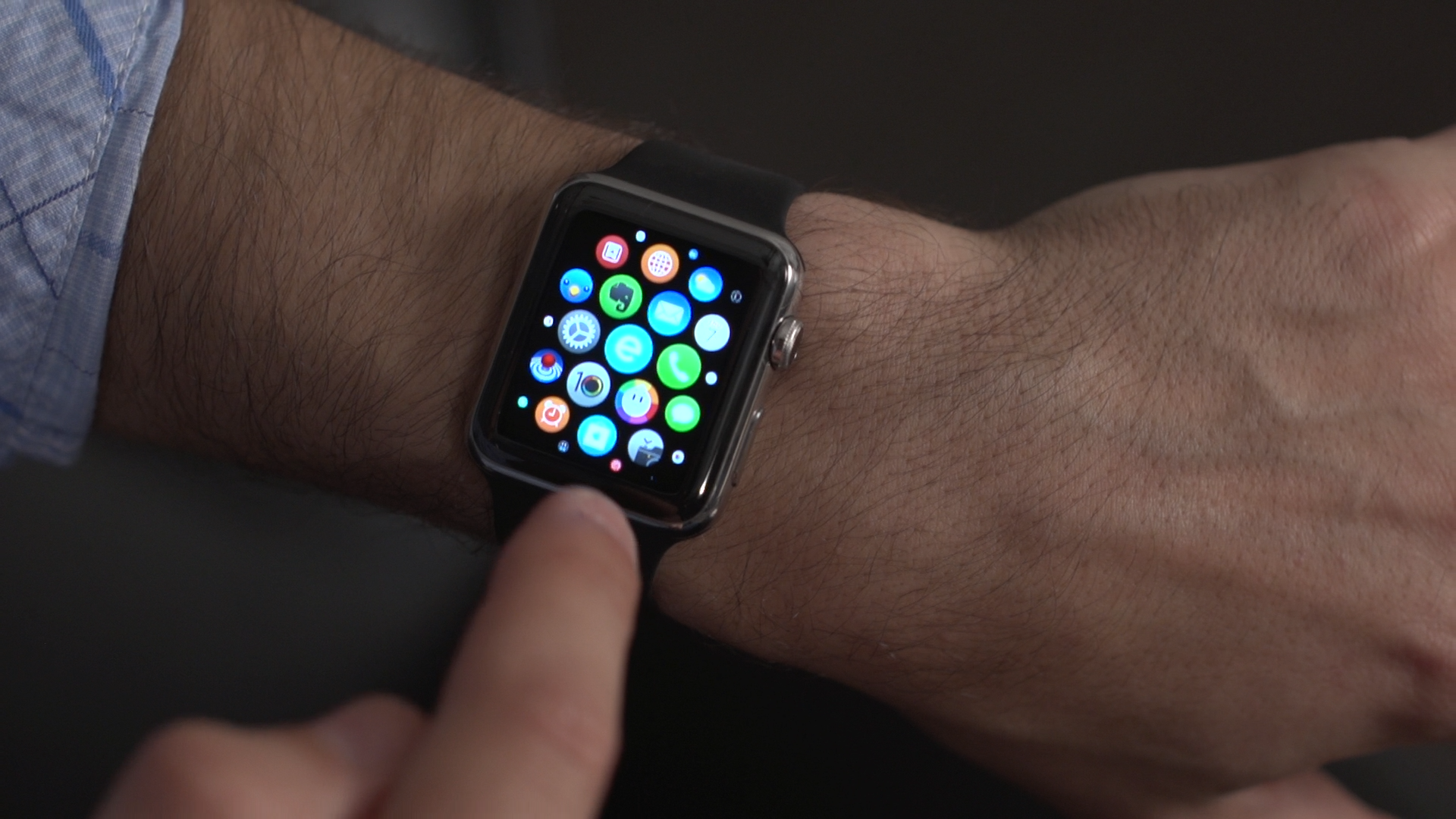Google Photos is a powerful photo editing, cloud storage and search service. It's also a website, an Android app and an iOS app.
Google Photos is a product of a group called SPS, which stands for Streams, Photos and Sharing.
The U.S. government is mandating the use of the HTTPS security protocol on all of its public websites
READ NOW
Two years ago, Google's strategy was to combine streams, photos and sharing in Google+. Since then, Google realized that lumping them together holds them back. The oversimplified thinking within Google now is this:
- "Streams" are all about sharing and exploring passions, which is what Google+ is really great for.
- "Photos" is about all your photos and movies and everything you might ever want to do with them -- edit, combine, store, search for, play with and share. (Social sharing is only one of many things people want to do with photos.)
- And "Sharing," at its essence, is best when it's platform-agnostic. In other words, limitations on the people you can share with are what make most photos apps, tools and sites annoying and hard to handle.
Google Photos is a product of that thinking.
Storage
Google said Photos comes with unlimited free cloud storage; it's the first company to offer such a service.
There's a catch: Photos are limited to a maximum of 16 megapixels resolution and videos up to 1080p. Also: Google compresses the photo files. The company demonstrated convincingly that the compression doesn't noticeably degrade quality, even when you zoom in. Still, if you use Google Photos as the only place where you store all your pictures, all your pictures will be modified from their original form.
You can opt to keep your photos untouched -- but you can only do so under the old plan, where you pay when you exceed your Google Drive limit. (Different users have different limits based in part on which devices they've purchased in the past.)
The free unlimited storage feature is an eye-catcher, drawing attention to the overall freeness of the product: Photos is free. Storage is free. There are no ads. Google Photos has zero monetization associated with it, and Google has no plans to monetize it.
Here's a neat trick: When your pictures gobble up nearly all the storage on your phone, Google Photos will pop up a dialog offering to delete the pictures on your phone that Google knows have been backed up to the cloud. One tap frees up gigabytes of storage without risk of loss.
Search
Google Photos are automatically processed with machine learning and other techniques to identify who and what is in each picture.
One of the most impressive feats of identification is the ability to know where pictures were taken. Sure, with smartphone geolocation turned on, it's easy. But with older photos, or pictures taken with regular digital cameras or with pictures taken when your phone's location feature was turned off, Google identifies landmarks in the images to figure out where the shot was taken.
The intelligence goes beyond mere image recognition. For example, if you take a picture without geolocation turned on of an identifiable object -- say, the Eiffel tower -- it knows that the pictures you took before and after must also be in Paris, so they'll come up on your "Paris" searches as well. And it knows how long it takes to get out of town and makes intelligent guesses about where you are based on that kind of information.
A circular "Search" button hovers in the lower right on the Google Photos app. By tapping it, you get to a page that has a Search box on top, with categories of likely searches below organized into uber-categories of "People," "Places" and "Things."
Google Photos Search results stunned the attendees at Google I/O. The freak factor is off the charts.
Google demonstrated on stage that its image recognition technology can not only tell the difference between a dog and another species of cute mammal -- it can also distinguish between different breeds of dog. You can search for "golden retriever" and it will show you only that breed.
//



No comments:
Post a Comment